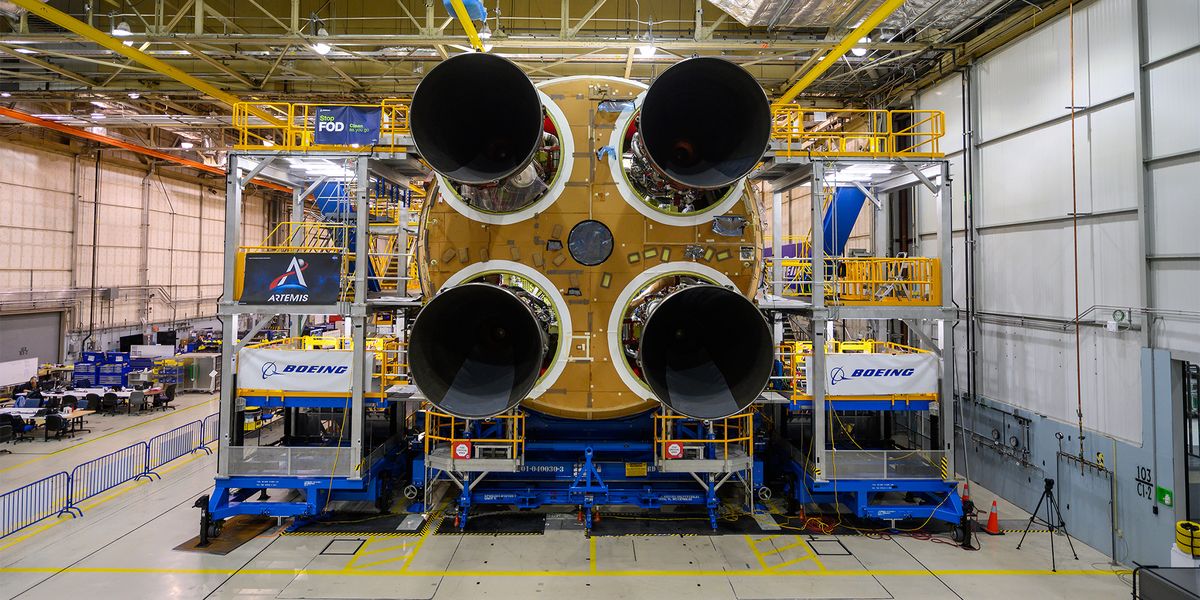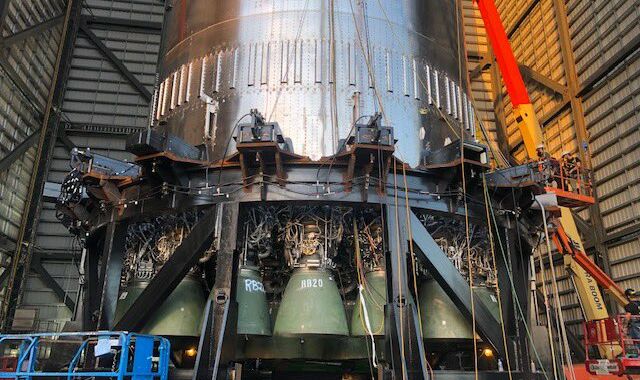How are engines mounted onto wings?
Stack Exchange network consists of 183 Q&A communities including Stack Overflow, the largest, most trusted online community for developers to learn, share their knowledge, and build their careers.
Ask questions, find answers and collaborate at work with Stack Overflow for Teams. Explore Teams
I've heard that the engines on a commercial air transports are typically mounted with 2 or 3 bolts. Is this true? If so, how big are these bolts and what are they made of?
Modern engines are hanged to the pylon struts fixed to the wings, at two mounts, using an attachment device named hanger fitting in the terminology of CFMI. This is how a CFM56-7B is mounted onto the wing of a Boeing 737 NG:
The hangers are shown in red, they are fixed to the engine using links (magenta) and clevises either via the fan case fitting (forward mount, green), or directly (aft mount). Then they are fixed to the pylon / strut using bolts and shear pins.
Engine mounts have varied over years. While initially the engine thrust was carried over to the wing along the engine structure, the modern method is to avoid this as it has many disadvantages. It deforms the engine structure and prevents having reduced clearances between turbine tip and walls. This in turn leads to less than optimal engine efficiency.


















